What is a logo? Logo designs are everywhere, but if you are not familiar with the term, you might be asking “what is a logo and why do you need one?” Well, logos are all around you. Everywhere you look, both online and off, you will find logos.
A logo is a visual representation of a brand and it has the power to influence your choices. The easiest way to define logos is as a visual message a company uses to share its values. A logo therefore has meaning.
Why Use A Logo?
Producing logos means creating a symbol for a brand. This symbol can be used digitally on a company website. It is also used on letterheads and business cards. A logo is also known as a logotype. Logos make a company easy to recognize as the logo becomes increasingly familiar to the public. Identification logos are usually bespoke, and carefully designed for a company. They are specifically designed by a marketing or graphic design logo company to represent a brand.
Great logos visually represent more than just a product or service. Instead they show a visual representation of the client’s aspirations or goals. A definition of logo is therefore a sign or emblem which identifies a company and expresses an associated meaning. Think of the bird logo associated with the social media platform Twitter.
Logos do not only belong to businesses. Families often use crests or emblems as a means of identity. Logos are not necessarily visual art images. Some companies use letters or initials to share their work goals.
At one time it was only large companies or organizations that could afford logo designs. Often family crests were considered a sign of wealth. They were very detailed and expensive. As human beings were drawn to signs, symbols and metaphor.
Visual representation has been used to represent countries in the form of flags. Road signs tell us where to go and how to get there. Signs have therefore always directed our attention. Like ancient signs, logos use color and contrast to attract attention. Fortunately, logo designs have become less expensive and available to even small businesses.
In a digital world where so much information is conveyed very quickly, a logo assists with putting across information at a glance. Our brain can pick up a visual image in the blink of an eye. Logos are therefore not easily overlooked and become a memorable part of a brand.
When coming up with a logo, designers work on a concept which will make an impression on customers. The logo needs to both unique and stylish in order to make an effective impact. A logo needs to be both catching and memorable. It will also need to convey the message behind a brand.
When creating a logo, it helps to look at the costs of reproduction. The more details a logo has and the more colors it uses, the more expensive it will be to reproduce. Simple logos are also more effective when reduced to small sizes.
This is important in the digital era where people often use small screens and wearables to view a website. Your logo therefore needs to look as good on a watch screen or pen as it does on a billboard.
Well-designed logos also take into consideration logo styles. Some logos use words or letters and initials. Others use pictures, abstract images or emblems. The age of a company, the company’s name and budget all impact on the design choices.
Logo design styles are sometimes used in combination if a company has the budget. Think of the CK or HP logos, Coca Cola and Pepsi, Twitter, Adidas and Starbucks.
What’s the purpose of a logo?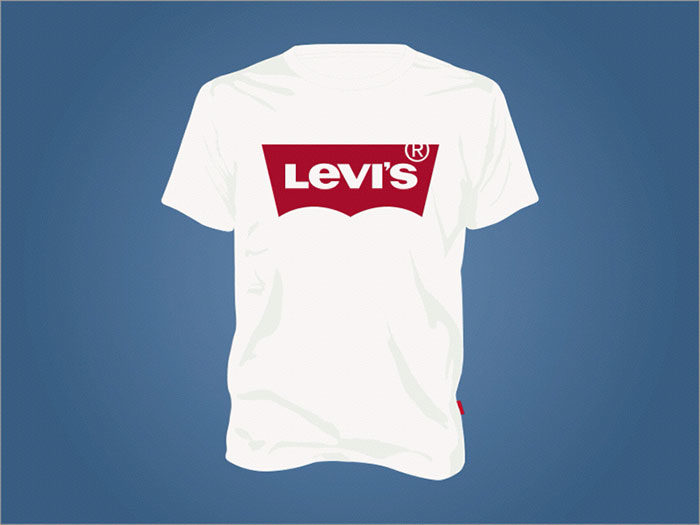
The purpose of logos is to identify a brand. This way customers will know whether a pair of jeans is made by Levi’s or Guess and will choose accordingly. When customers recognize your brand, they can choose to purchase your products. Identification is therefore the most important aspect of logo design.
Logo designs may be trendy or not, they may change with the times. As long as they identify the product, service, people or company behind the brand, they are effective.
This means that before a designer works on possible logos, s/he needs to explore the contexts a logo will be used in and how it will be received. A designer needs to explore the competition, the message behind the brand and how symbols, colors or shapes have been used in the past. Who owns a specific design. How can an effective logo be designed to stand out from the crowd?
Logo design is a well thought through strategy or technique rather than an art form. Although logos do have an artistic element, a logo’s purpose is commercial. Logos are not about personal taste but about an overall strategy. The goal is for the viewer to identify logo designs and link them to a service or product.
Although aesthetics adds to logo design, this is not the most crucial element of the design. Logos need to stand out in order to extend the brand. The apple logo, for example, associated with creativity, stands out as an easily identifiable means of purchasing that specific brand of computer, tablet, mobile phone or watch. Identification is therefore the most critical element of logo design.
While fine art often holds hidden meanings and deeper layers, logos communicate a very simple message. As long as the design is easily recognizable, the message associated with the brand will be passed along to viewers. Ongoing marketing and a deepening of the messages shared through adverts and social media will help to build the brand.
The purpose of a logo is simply to represent or identify the brand. If we look at Apple or Nike, the logos hold meanings which have come with the advertising campaigns and, in Nike’s case, sponsorships.
Why have a logo?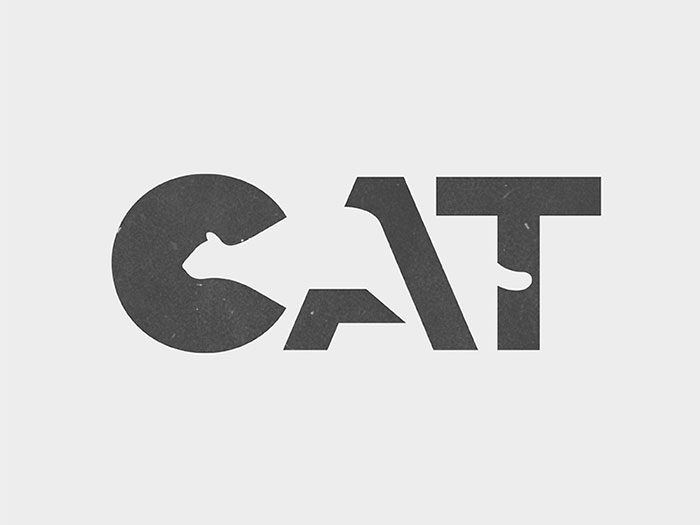
A logo provides a representation of your brand. This will help you to stand out from the competition. By using a logo, you create a visual symbol which helps you to stand out from the competition. When a logo is easily recognizable, a customer is able to distinguish between products.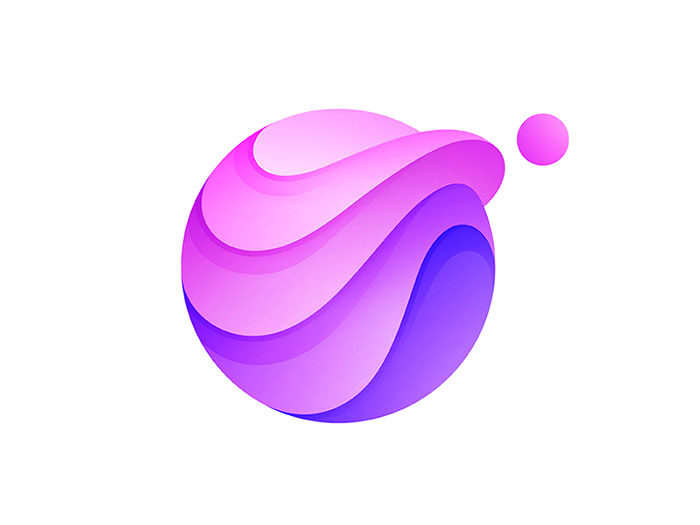
A customer is able to choose between Nike and Adidas shoes based on the logo designs on both. When coming up with a logo, designers explore the competition and assess how a logo can stand out. Designers will work to create a logo which is both unique and familiar to the industry it represents.
A logo sends a message about a business
Working logos stand out and are easily recognizable. They also provide information about your company. Logos often help a customer to understand the business you are in. King Cake and Home Depot make it plain that their companies offer specific set products. Your logo will also appeal to a specific market or target audience.
Corporate logos have a different purpose or design to logos which appeal to children. Imagery used in a logo will provide information about a company. Building plans in architect logos and a pair of spectacles in an optometrist’s logo give information about the products and services offered.
Color also helps to appeal to a specific market or share a message. Green is often associated with the environmental movement while red is associated with passion, danger or romance.
After a brand has been in existence for a while, has gained a reputation and has been part of a marketing campaign, the logo will become recognizable. A company can then make use of logo designs alone. The logo will remind clients that your company still exists. They, therefore, remain a crucial part of a brands identity.
The importance of logos cannot be understated. A well-designed logo will be easy to remember. Customers will be reminded of the values you offer. Using pictures, shapes and abstract images makes a logo easy to recognize. This is because the brain processes visual images more quickly than words. A visual image will make a brand easy to recognize and identify.
A logo is the visual face of your business
When you imagine a business, the logo often comes to mind first. The memorable Apple stands out in our minds as does the Nike swoosh.
McDonalds Golden Arches are the first thing we think of when thinking of the brand. These images combine with our memories, experiences and perceptions to give meaning and resonance to a brand. This is the importance of logos.
Logo design influences our decisions
We need logos to represent a brand. This is because our minds continually use symbols and images, shapes and colors to interpret the world.
By looking at a logo we shape meaning and connections which shape a wider world. These meanings are related to the fonts, shapes and colors which make up the logo. Single logos therefore cannot to wider meanings.
From these impressions we make decisions about products or services. We consider how a company fits into our wider values. If a company has a conservative logo and we don’t endorse these values we may ignore it. If it represents our values, we will endorse it. A logo identifies a brand but it also fits in with our personal sense of identity.
This is why it is so important that a logo accurately represents a brand. An on the go company needs an on the go logo and a corporate brand needs a corporate logo. This will help a company to attract the right audience. Logos define a company and if it sends out the wrong message, the company will not survive. Creating an effective and helpful design is therefore crucial.
Logos create a first impression
What is a logo if not the opportunity to make a great first impression? With so much to distract us and so much competition, a logo gives a company the opportunity to attract attention. There is only a very short time space to attract attention and a good logo design gives you the opportunity to attract attention.
A professional design enables us to communicate the message you need. Some businesses go down the DIY route without fully understanding what it takes to create an effective logo. The lost potential will cost a business more than a designer’s fees.
Communicate brand values & additional meaning
Logos send out a message about a brand. Although the most important purpose of a logo is to identify a brand, it will also send out a message. This message includes the brand’s values and purpose. Sticking to a simple idea will enable this message to be easily communicated. Coca Cola have communicated the importance of diversity while the Body Shop focuses on compassion.
Amazon focuses on the happiness which comes with receiving something you really enjoy. The message is positive and the vibrant orange color expresses joy. Orange is a vibrant color associated with warmth and happiness. The logo directs the eye towards an A to Z catalogue which includes a wonderful range of products which promise happiness.
We need logos to transcend simple products and create an emotional resonance. An effective logo enables a stronger brand identity. These identities transcend the image as well as the products sold to appeal to the hearts of viewers.
What makes up an effective logo?
Now that we have answered the question “why do we need a logo?” It is time to explore the different elements which combine in order to create a great logo design.
The process of taking a logo apart is very much like taking apart the elements in a cake. The ingredients combine to create something new and unique. Let’s break down some common logo elements. These elements come together to create a wide range of different possibilities.
Typography
While they may look like simple letters, typography is carefully chosen to send out a message. Clean, modern designs send messages of possibilities and development. Text is clean and simple. Traditional letters are associated with heritage, honesty and trust. From monogrammed letters to full words, typography makes a difference.
Imagery
Images are very often used in logo design. Some are easy to identify like the bird in the Twitter logo. Others are more abstract like the Nike swoosh.
Some logos may include a pattern or punctuation marks. Not all images create a clear message. Some images are used simply to identify a brand. It is the combination of image, typography, color and context which shapes a larger message.
Color
Color helps to share the purpose of the logo. Every color has a unique psychology which enables it to create an emotional resonance within the viewer. Some logos use a black and white color combination while others use monochromatic color. Contrasting colors create attention while complimentary colors create peaceful color combinations. When combined, color is used to send a message. From the calm, peaceful blues to the vibrant oranges and warm burgundies, each choice tells a story.
Context
Possible logo designs are often connected to a larger context. Some logos will be used in print related material whilst others are used online. Advertising logos may be used on billboards while others are made for business cards. It important to think of where’ when and how a logo will be used. A logo created for a specific use such as coasters or bookmarks will have very different designs.
Static or dynamic elements
Some logos will be used in a range of different contexts while others are changed according to context. Designs will look at whether it is more effective to create a static logo which would work across many contexts or a dynamic logo which will change according to context.
What makes a good logo?
Now that we know the various ingredients which combine to create a logo, it is time to look at the final results. Any number of factors can combine to create an
The answer: any number of different things. Let’s look at some real-life examples and talk about which elements they employ to successfully communicate their messages.
Some businesses have a name that plays a part in explaining the business and doesn’t need a logo that is overly designed. In the example above, the name “Rhythms” helps let the user know that this is a beat-making app. In this case the designer has filled in the blanks with some colored geometric broken lines.
These elements help to communicate the idea that there are tracks and rhythm involved. Ultimately the design does a pretty good job of clueing in the user to what they are downloading.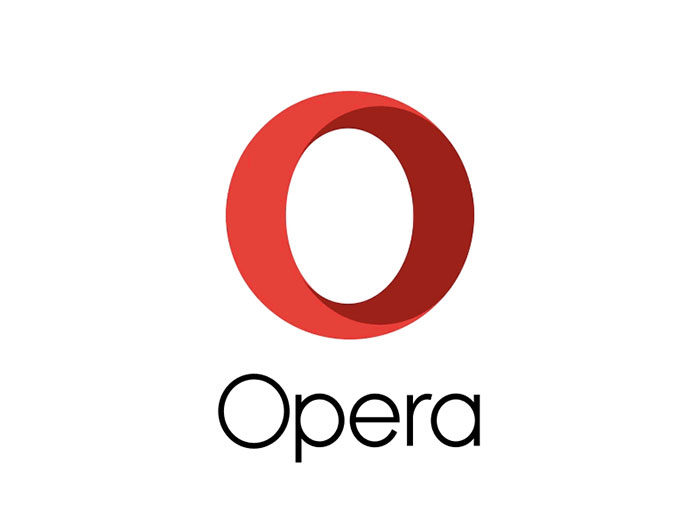 Some of the most successful logos are not conceptual or complex at all.
Some of the most successful logos are not conceptual or complex at all.
How is a logo different from branding?
One common confusion we see comes in understanding the difference between logos and branding. It sounds complicated but the difference is quite simple: Your brand is the set of perceptions people have about your company.
In other words, it can be thought of as the big-picture impression that your company leaves on the customer. This impression can be left by many things, such as your advertisements, commercials, customer service, and yes, your logo as well.
Characteristics of A Great Logo
Below are five characteristics of a great logo and some examples.
Simple
Simple logos are easily to recognize and therefore help customers to identify your business. As images and logos are used online, in websites which have to be responsive, and these logos are showed in a range of different sizes, on wearables, mobile phones and computer screens, simple logos are becoming increasingly popular.
Scalable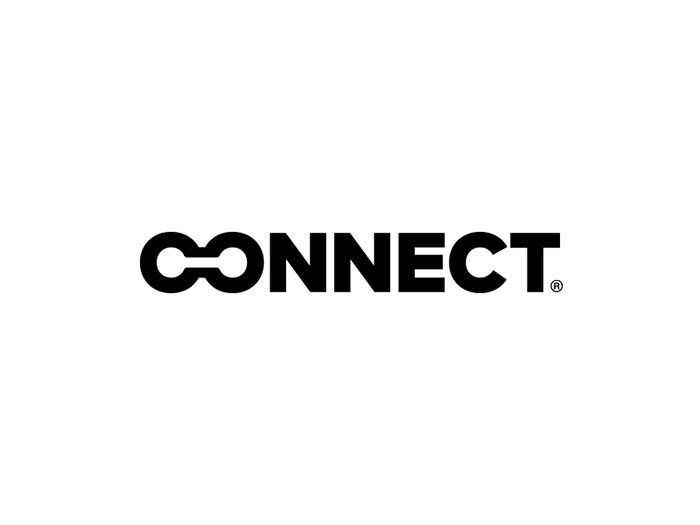
A great logo should be able to be used on a billboard or a business card, but this is increasingly important as the world moves into the digital arena. A logo which is responsive and looks good in all shapes and sizes is a great business asset.
Memorable / Impactful
You want your logo to be effective. This means it will need to be memorable in a positive way. A great design will stand out in the viewers’ minds.
Versatile
Effective logo designs should look great in print, online and on many different devices.
Relevant
The best logo designs will help customers know what you do and why. This will help you to attract the right kinds of clients for your business.
Ending thoughts on what is a logo
We hope this article answered your question and explained why a logo can be helpful when marketing your business. As a well thought through design, you’ll have more than a fine art logo. Instead, you will have a powerful marketing tool which will help you to grow your business effectively.
If you enjoyed reading this article about what is a logo, you should read these as well:
- Logo trends 2019: what you should look out for
- Logo colors and why they’re important
- Best free fonts for logos: 72 modern and creative logo fonts
- Some logo design ideas that you should use for branding projects
- Logo maker app examples to try as an alternative to hiring a designer
- Logo Design Cost: A look at the logo design prices
The post What is a logo and why you need one appeared first on Design your way.
Source: http://bit.ly/2USI9vJ
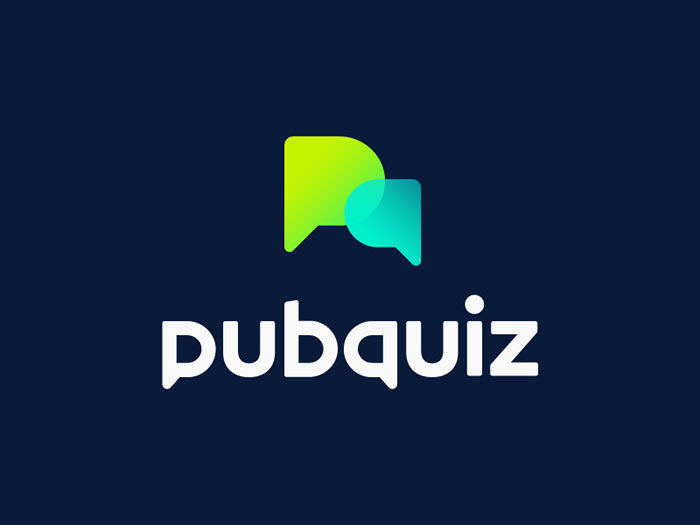

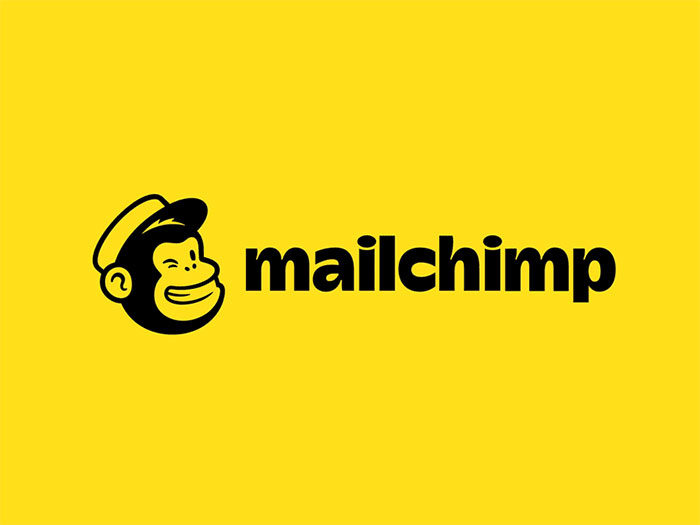
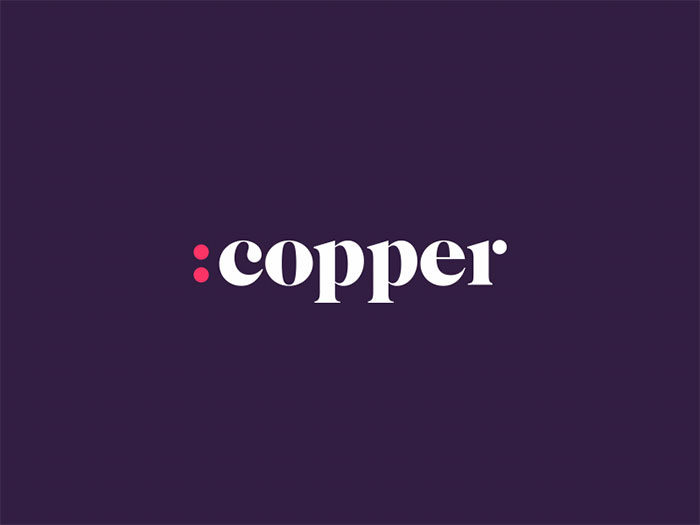
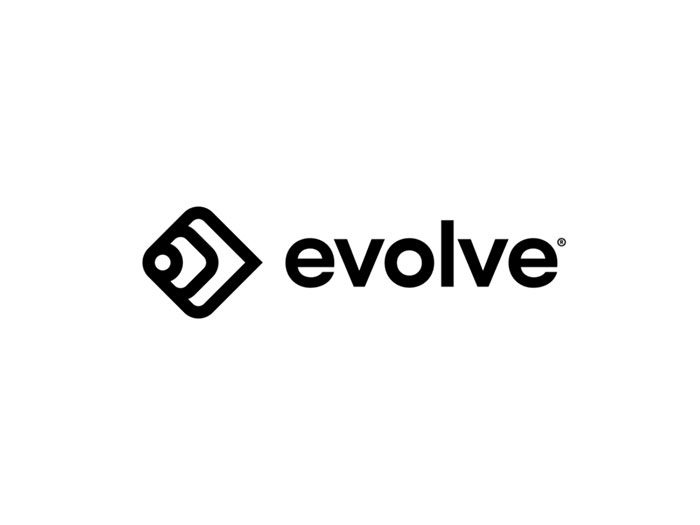
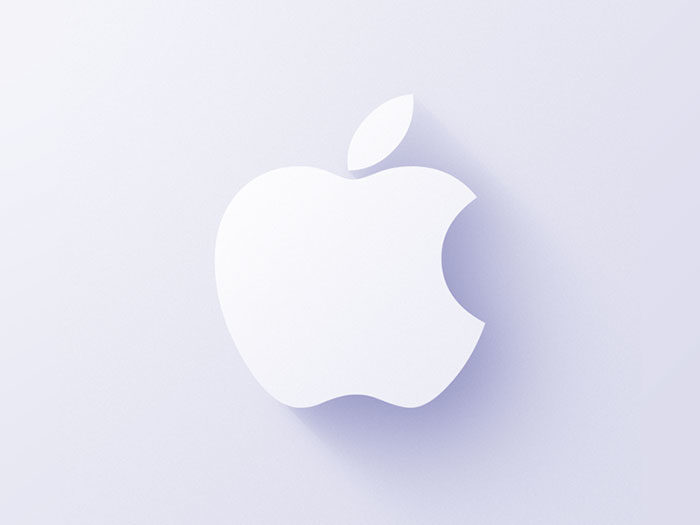
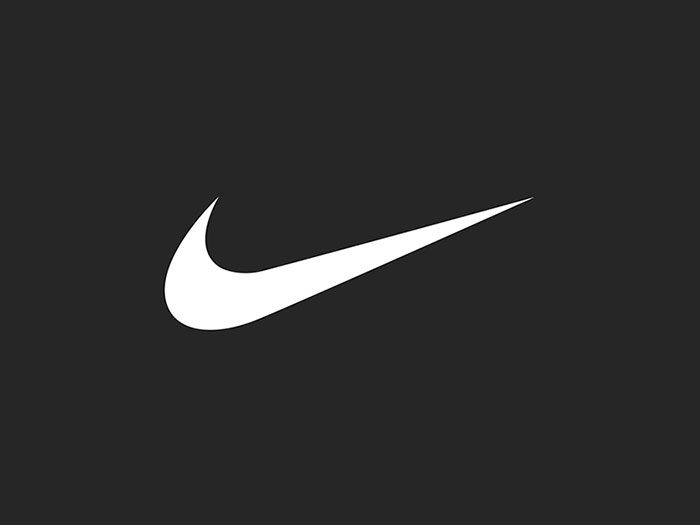


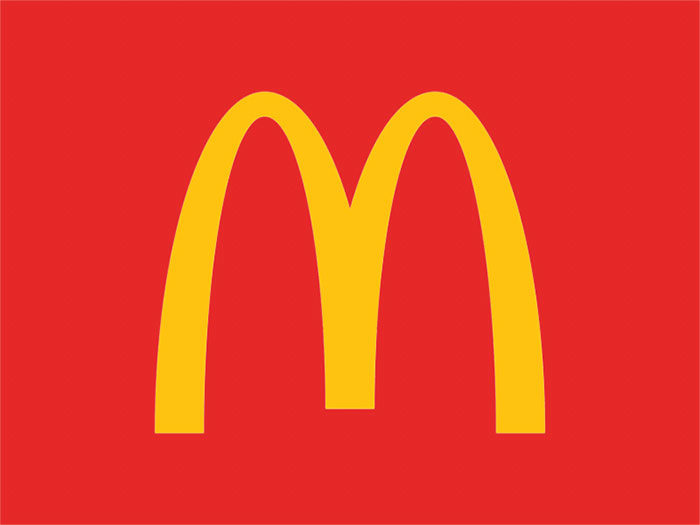

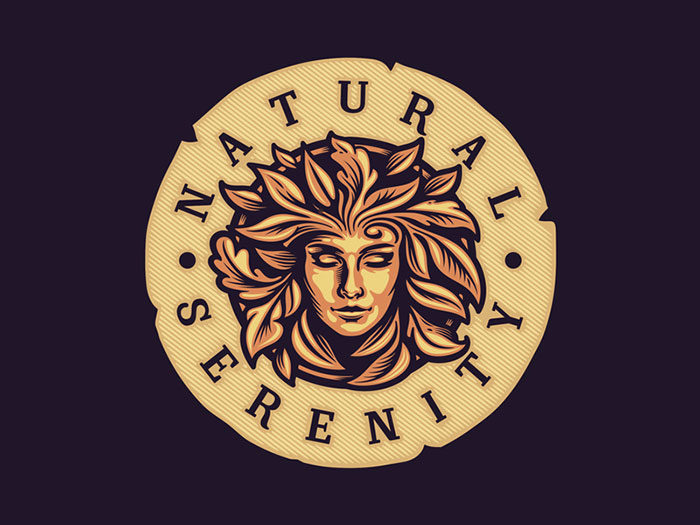
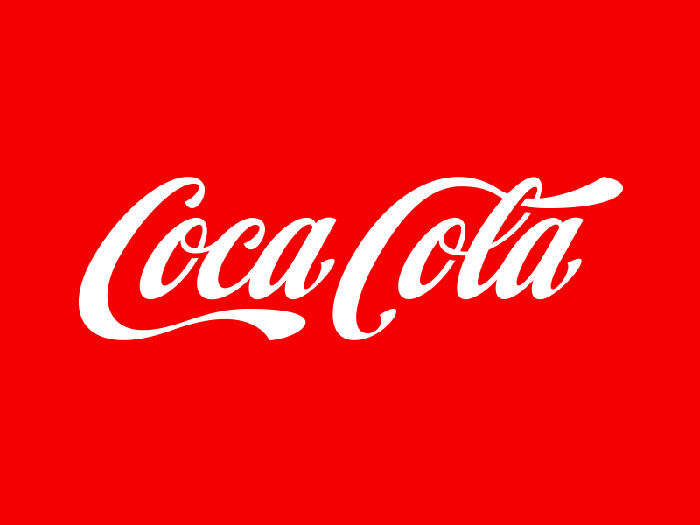
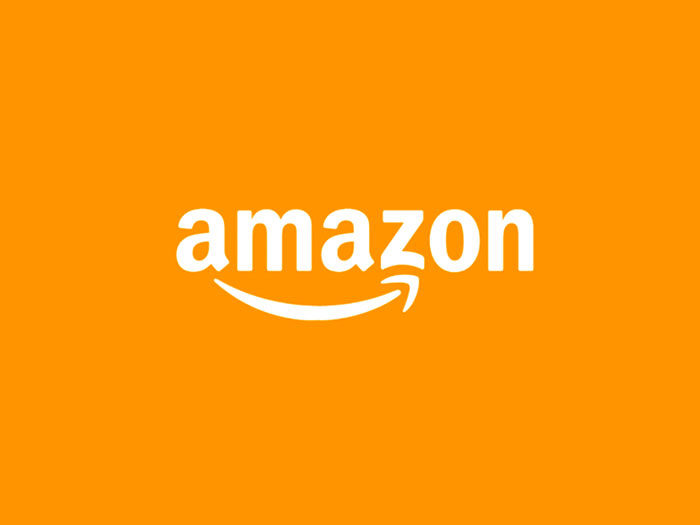
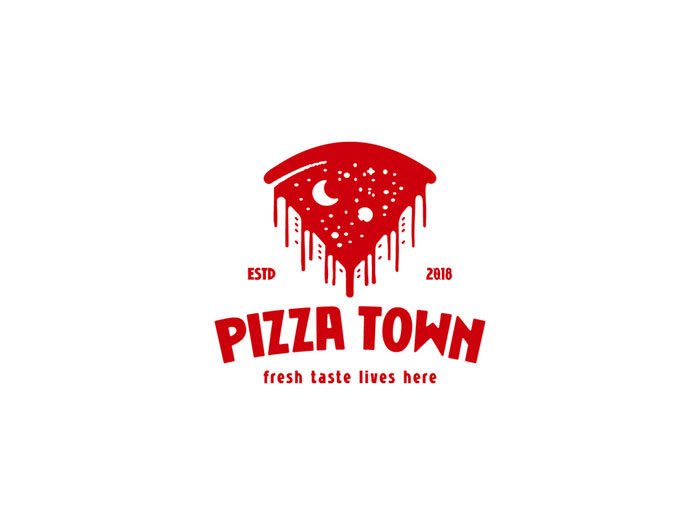
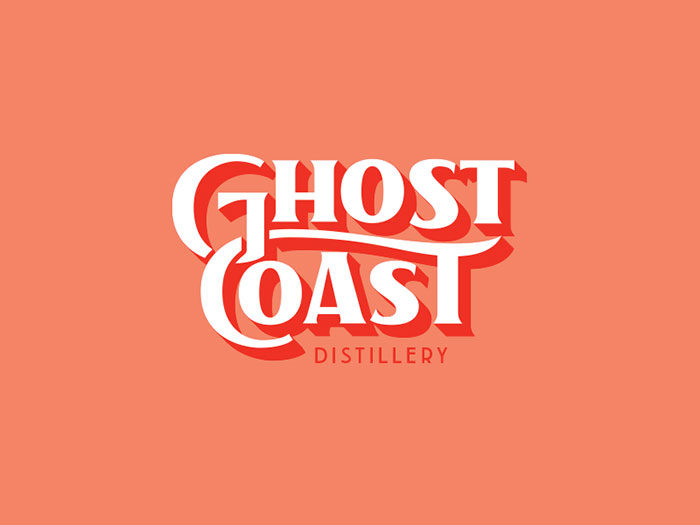


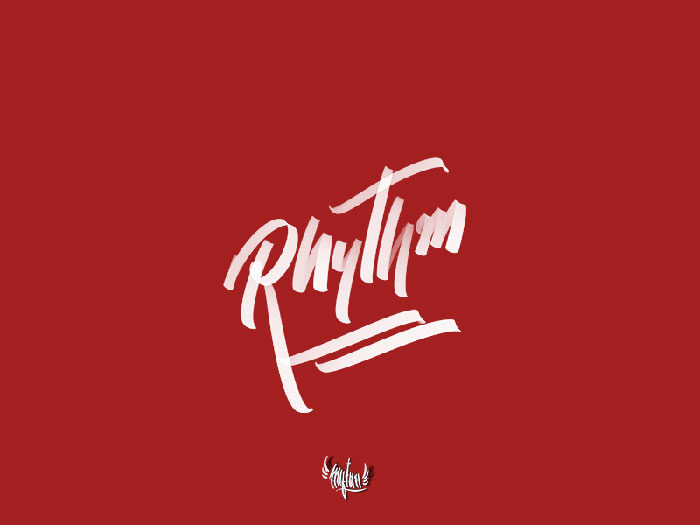
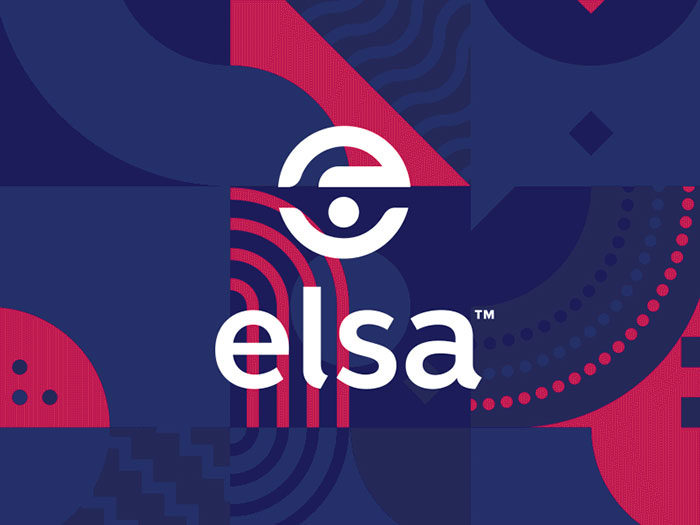
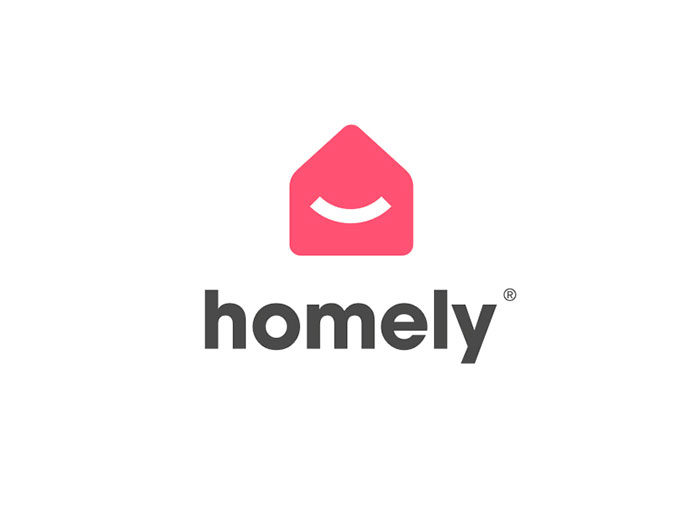


No comments:
Post a Comment